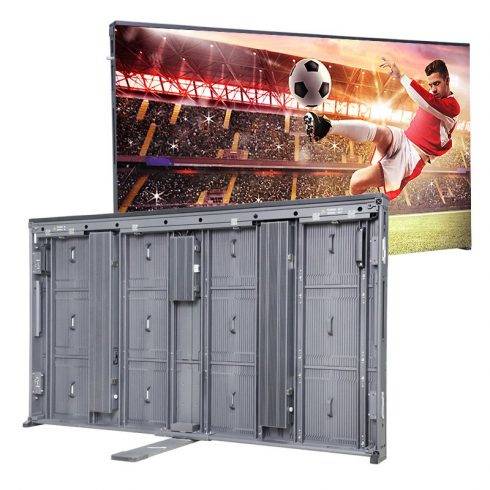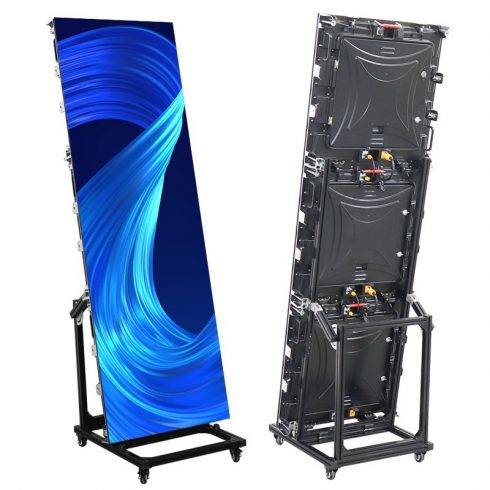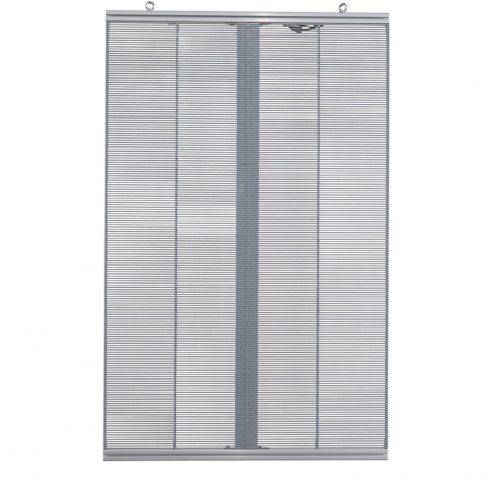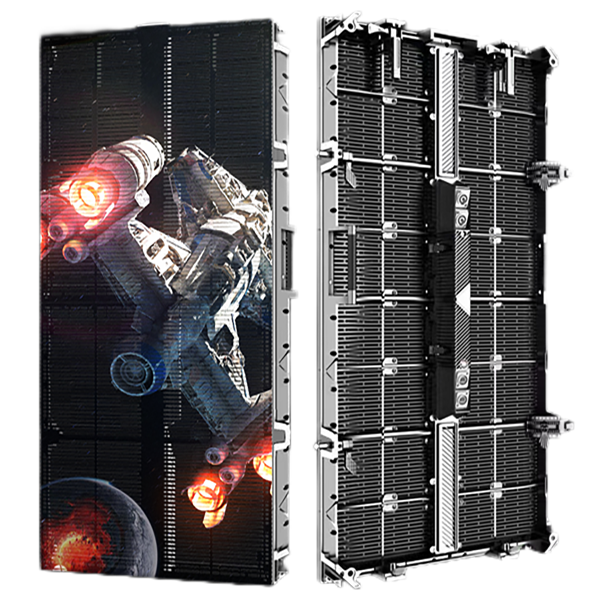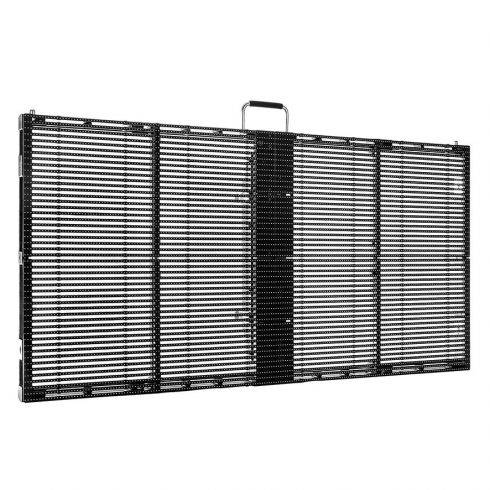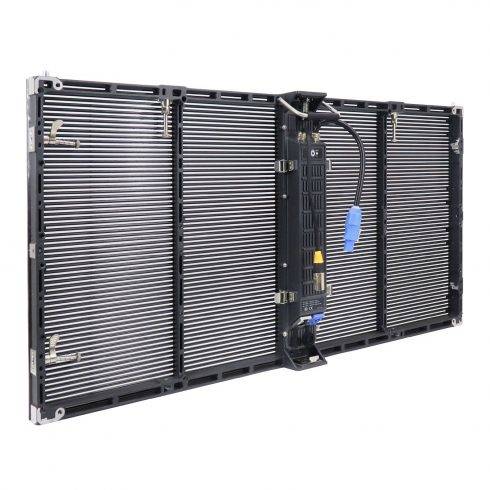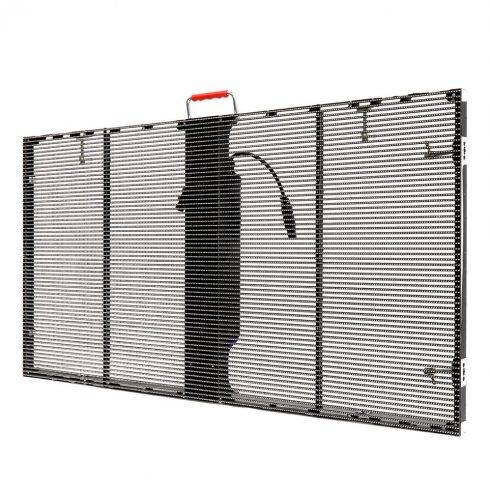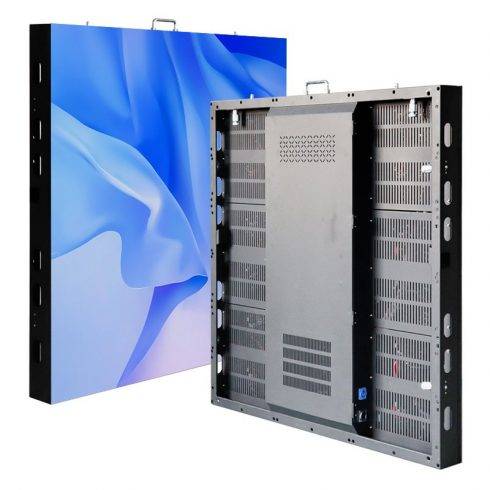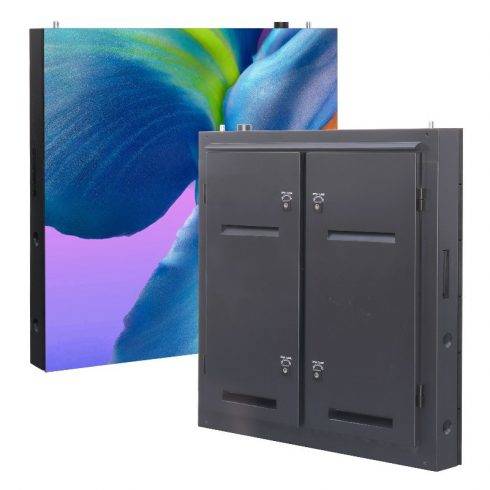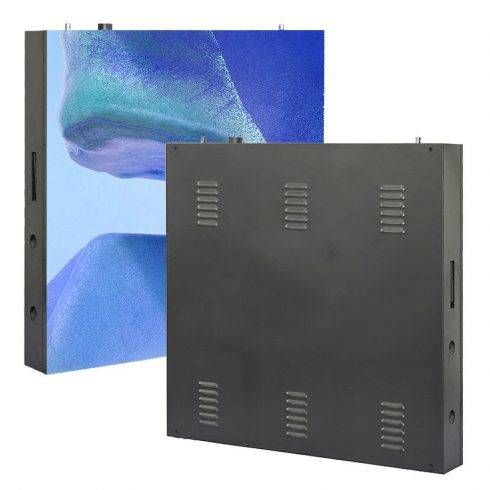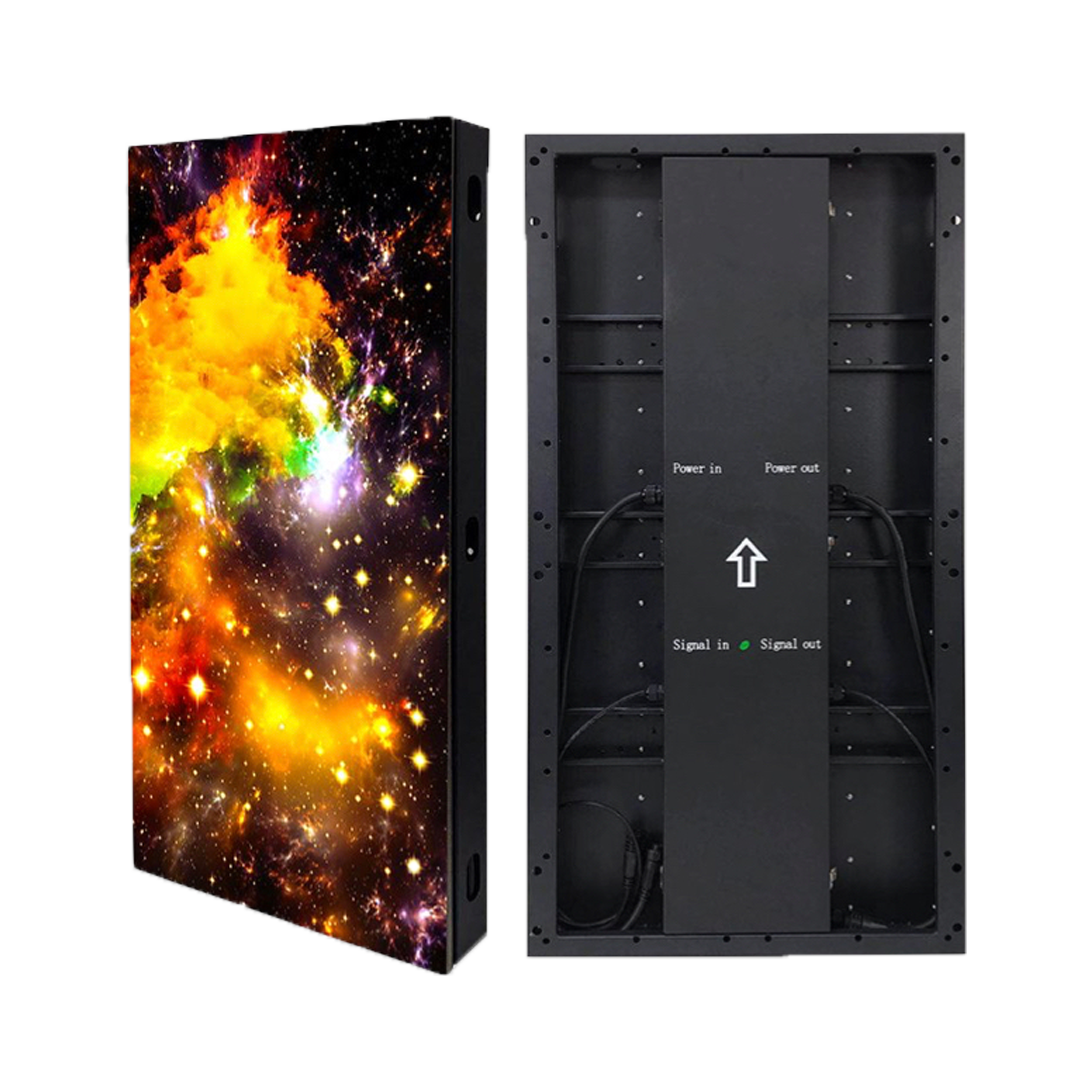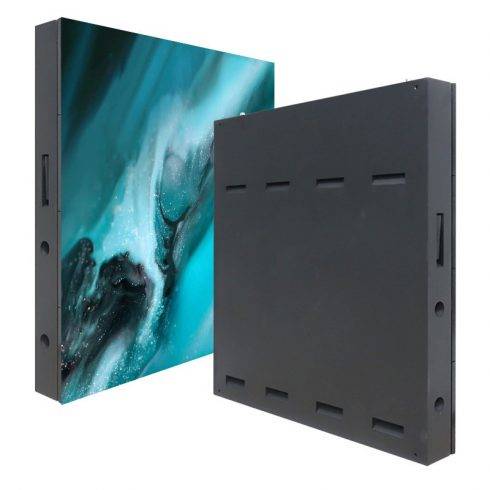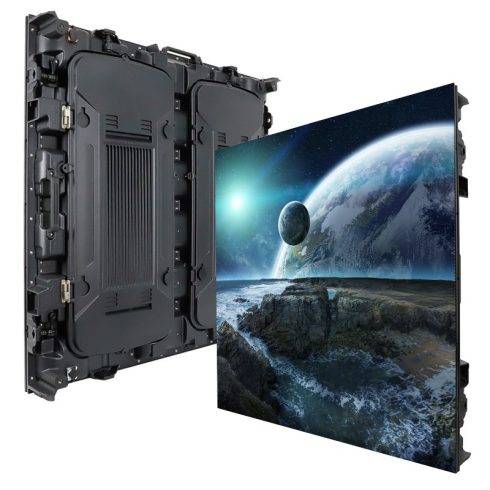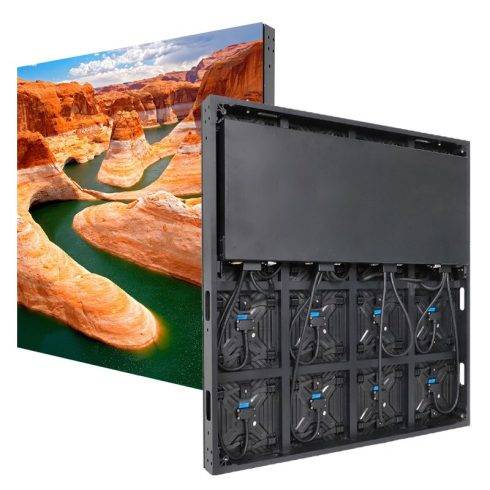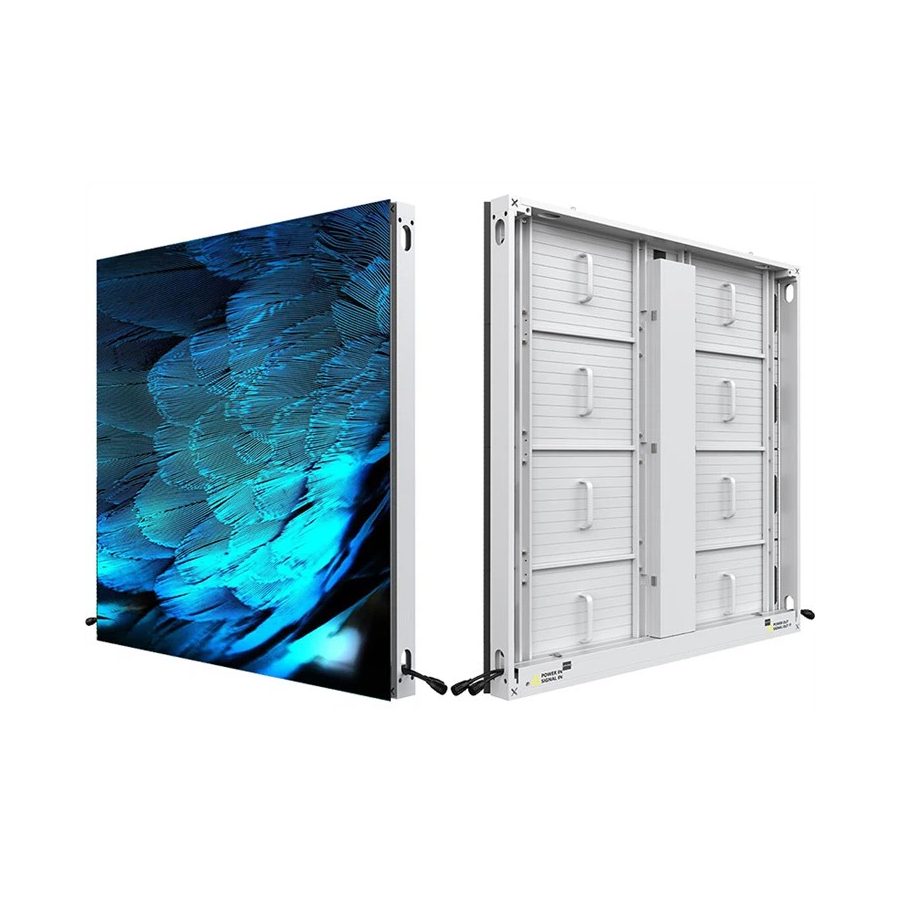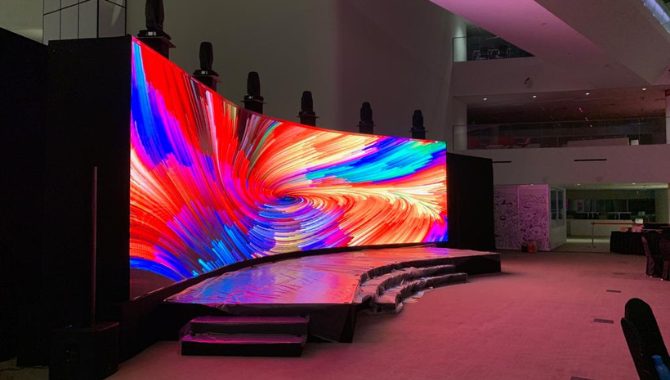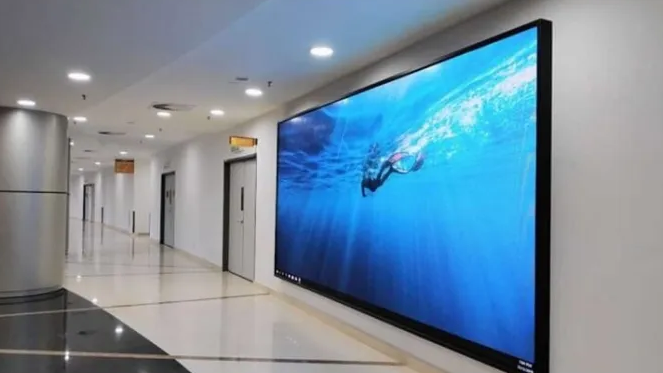Introduction
Small-pitch LED displays have become a significant technological advancement in the world of digital displays, offering unparalleled image quality, high brightness, and exceptional versatility. With pixel pitches less than 2.5mm, these displays are designed to deliver crystal-clear images and videos even at close viewing distances, making them a popular choice for applications in command centers, conference rooms, control rooms, and luxury retail environments. This essay provides a comprehensive analysis of the performance characteristics of small-pitch LED displays, highlighting their key features, advantages, and technical considerations.
Understanding Small-Pitch LED Displays
Small-pitch LED displays are characterized by their reduced pixel pitch, which refers to the distance between the centers of adjacent pixels. A smaller pixel pitch results in a higher pixel density, leading to better resolution and image sharpness. These displays are constructed using surface-mounted LEDs arranged on a compact grid, allowing for detailed and vibrant visuals. They are available in various configurations, including seamless video walls and curved screens, providing flexibility in design and installation.
Key Performance Characteristics of Small-Pitch LED Displays
Several performance characteristics define the quality and functionality of small-pitch LED displays, including resolution, brightness, contrast ratio, color accuracy, refresh rate, and reliability. Each of these attributes plays a crucial role in determining the overall viewing experience and suitability for specific applications.
1. High Resolution and Image Clarity
One of the primary advantages of small-pitch LED displays is their ability to achieve extremely high resolutions, making them ideal for displaying fine details and intricate content. The reduced pixel pitch results in a denser arrangement of pixels, which significantly enhances image clarity and sharpness. This characteristic is particularly beneficial for environments where the audience is situated close to the display, such as in boardrooms or command centers.
- Impact on Visual Quality: High resolution ensures that text, graphics, and video content appear crisp and legible even at close distances, eliminating the “screen-door” effect (visible gaps between pixels) that can occur in larger-pitch displays.
- Suitability for Various Applications: Small-pitch LED displays are suitable for high-definition content, such as 4K and 8K video, making them an excellent choice for video production studios, digital signage in high-end retail, and live event broadcasting.
2. Brightness and Contrast Ratio
Brightness is a critical factor in LED displays, as it determines their visibility under different lighting conditions. Small-pitch LED displays offer high brightness levels, typically ranging from 600 to over 1,500 nits, ensuring excellent visibility in brightly lit indoor environments.
- Brightness Control: These displays come equipped with advanced brightness control systems that allow for fine-tuning of light output based on ambient lighting conditions. This feature prevents eye strain and ensures comfortable viewing over extended periods.
- High Contrast Ratio: Small-pitch LEDs also provide high contrast ratios, often exceeding 5,000:1, which enhances the depth and realism of the displayed content. The high contrast ratio allows for deeper blacks and brighter whites, resulting in more vivid and dynamic images.
3. Color Accuracy and Reproduction
Color accuracy is a critical performance characteristic for applications that require precise color matching and reproduction, such as broadcast studios and creative production environments. Small-pitch LED displays offer exceptional color accuracy due to their advanced LED drivers and calibration technologies.
- Wide Color Gamut: These displays support a wide color gamut, often exceeding the standard sRGB spectrum, allowing for vibrant and true-to-life colors. This feature is particularly useful for digital art, advertising, and other applications where color fidelity is paramount.
- Calibrated Uniformity: Uniformity in color and brightness across the entire display is another strength of small-pitch LEDs. Calibration techniques ensure that each pixel emits consistent light levels, minimizing color shifts or discrepancies across the screen.
4. High Refresh Rate and Low Latency
Refresh rate refers to the number of times the display updates its image per second, measured in Hertz (Hz). A higher refresh rate results in smoother motion rendering, making it an essential factor for displays used in video production, live event broadcasting, and interactive environments.
- Typical Refresh Rates: Small-pitch LED displays often feature refresh rates of 2,000 Hz or higher, providing flicker-free images even when viewed through cameras. This attribute is crucial for studio environments, where low refresh rates can cause visual artifacts during filming.
- Low Latency: In interactive or live settings, low latency is essential for responsive user experiences. Small-pitch LED displays are designed to minimize signal processing delays, ensuring real-time content display without noticeable lag.
5. Reliability and Longevity
Reliability and durability are key performance characteristics for small-pitch LED displays, especially for installations in mission-critical environments such as control rooms and data centers.
- Robust Construction: The LED modules are designed for high reliability, using high-quality components and protective coatings to prevent damage from environmental factors such as humidity and dust.
- Long Lifespan: With a typical lifespan exceeding 100,000 hours, small-pitch LED displays offer excellent long-term performance. This reduces maintenance costs and downtime, making them a cost-effective choice for long-term installations.
- Redundancy Features: For critical applications, small-pitch LED displays often include redundancy features such as dual power supplies and backup signal paths, ensuring uninterrupted operation in case of component failures.
Technical Considerations for Small-Pitch LED Displays
Despite their many advantages, small-pitch LED displays also come with specific technical challenges and considerations that must be addressed to achieve optimal performance.
1. Pixel Pitch and Viewing Distance
The choice of pixel pitch should be based on the intended viewing distance. Smaller pixel pitches are ideal for close viewing, but they come at a higher cost due to the increased number of LEDs required.
- Optimal Viewing Distance: The recommended viewing distance is typically calculated as three to five times the pixel pitch. For example, a display with a 1.5mm pixel pitch is best viewed from a distance of approximately 4.5 to 7.5 meters.
- Cost vs. Performance Trade-off: Smaller pixel pitches increase the display’s resolution but also raise costs. It’s important to balance the need for high resolution with budget considerations.
2. Heat Management
Small-pitch LED displays generate considerable heat due to the high density of LEDs. Effective heat management is essential to prevent overheating and ensure long-term reliability.
- Cooling Systems: Advanced cooling solutions, such as heat sinks, fans, or liquid cooling, may be required for larger installations. Adequate ventilation is also critical to maintain safe operating temperatures.
- Thermal Stability: Choose LED modules with high thermal stability to minimize the risk of performance degradation or component failure at high temperatures.
3. Seamless Assembly and Calibration
Achieving a seamless visual experience is a key challenge for small-pitch LED displays, especially when creating large video walls.
- Module Alignment: Precision in module alignment is necessary to avoid visible seams or gaps between display sections. Advanced alignment tools and adjustable mounting systems can help achieve a smooth, continuous surface.
- Edge Blending and Calibration: Use edge-blending techniques and automatic calibration tools to ensure consistent brightness and color across the entire display.
Conclusion
Small-pitch LED displays represent the cutting-edge of digital display technology, offering unmatched image quality, high brightness, and versatility for a wide range of applications. Their performance characteristics, including high resolution, color accuracy, brightness control, and reliability, make them a preferred choice for environments that demand superior visual quality and precision. However, achieving optimal performance requires careful consideration of factors such as pixel pitch, heat management, and seamless assembly. By understanding and addressing these challenges, businesses and organizations can leverage the full potential of small-pitch LED displays to create stunning visual experiences.







